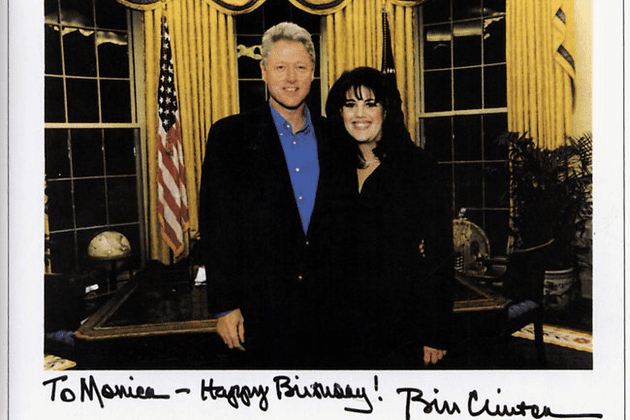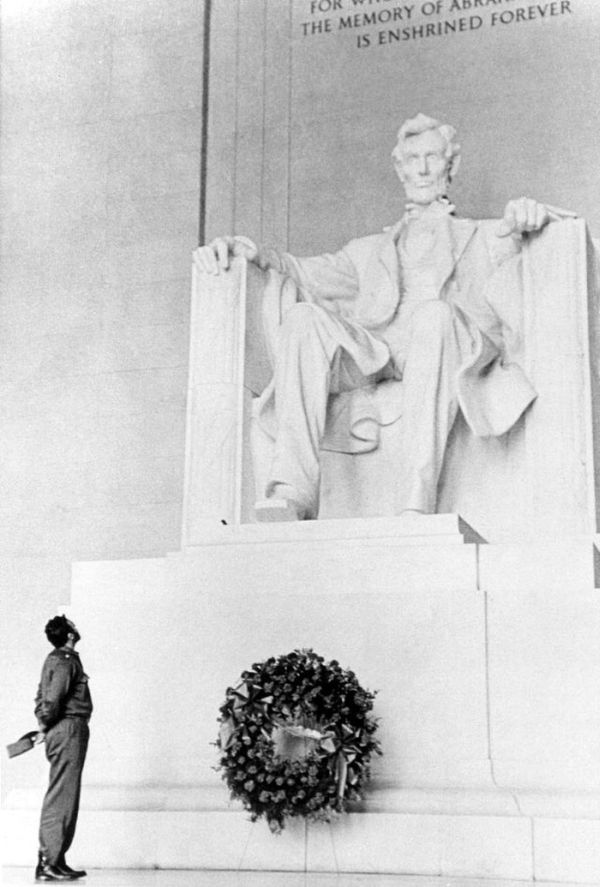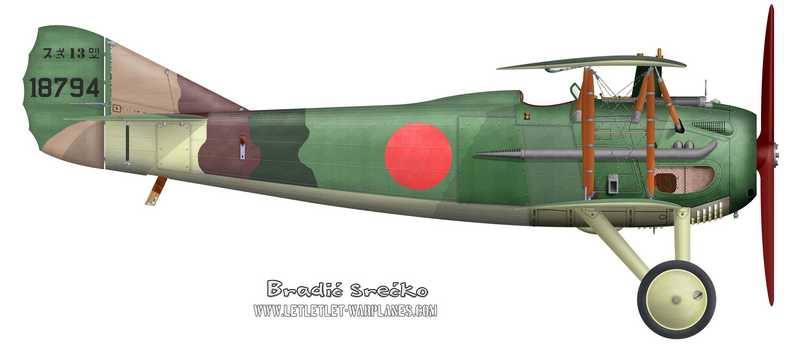The German POW camp existed in Fraser during the wartime years of 1945 to January, 1946 and provided much needed labor for the production of lumber. These particular prisoners were captured during the battle at Anzio beachhead in Italy and shipped to the main Colorado prison camp, in Greeley, Colorado. These enemy soldiers found peace and kindness at the mountain camp in Fraser. After the war, letters from Germans kept in the POW camp speak of the good, understanding people and of their prison time as an opportunity to learn about the free country of the United States. Some 200 prisoners loaded an average of 25,000 feet of lumber on rail cars every day. They were quick learners; doing all phases of the work, from horseshoeing to bookkeeping. For their hard work, they were paid 75 cents a day, which they could spend at their PX. They were also rewarded with trips to the local movie theater, allowed to form a dance band, utilizing handmade instruments, and were permitted to bake special German pastries. Link -
http://www.frasercolorado.com/index.aspx?page=22

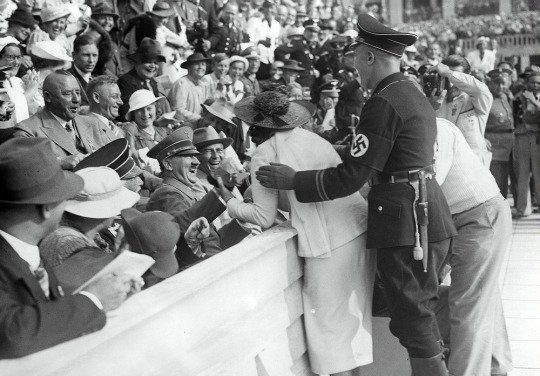


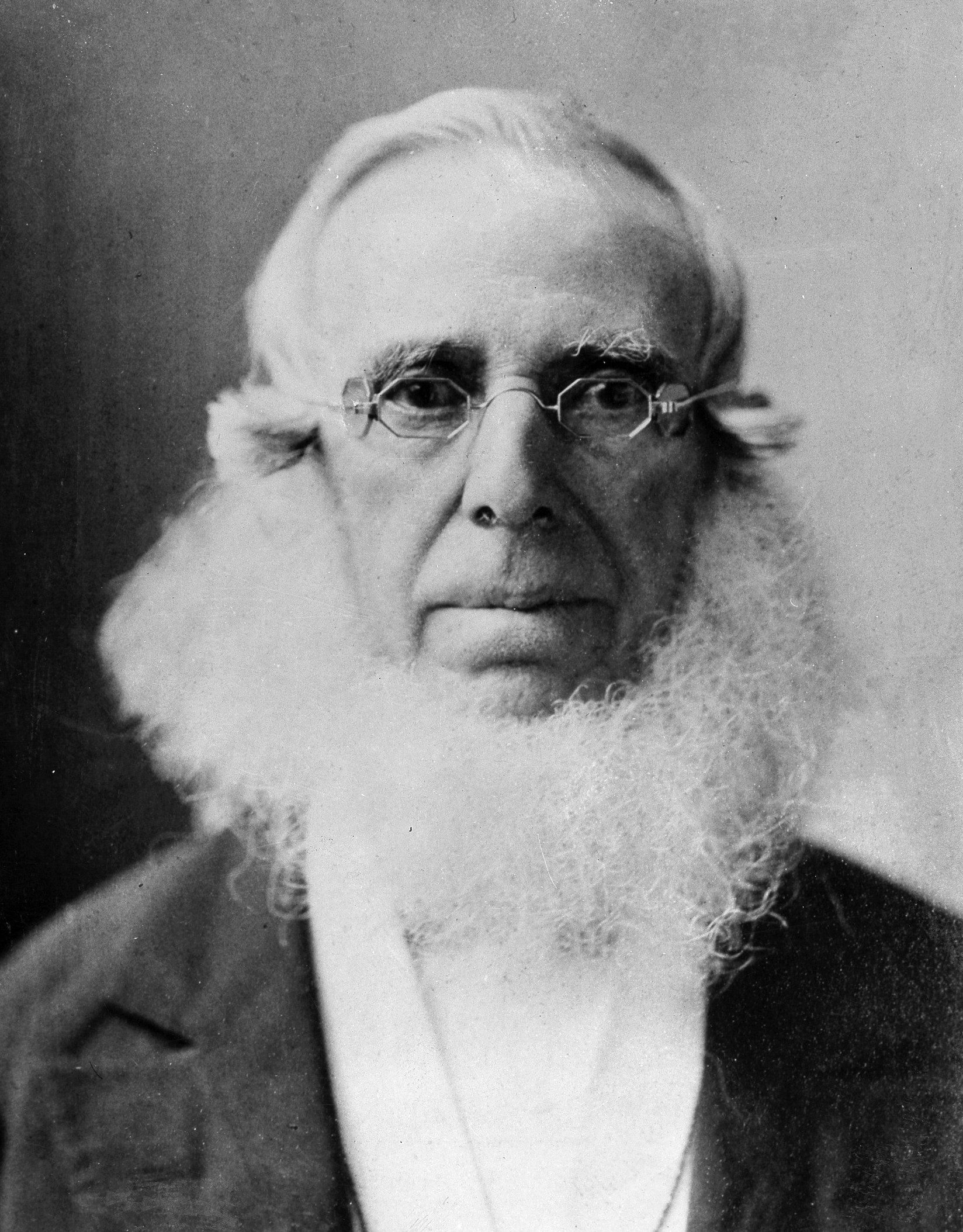
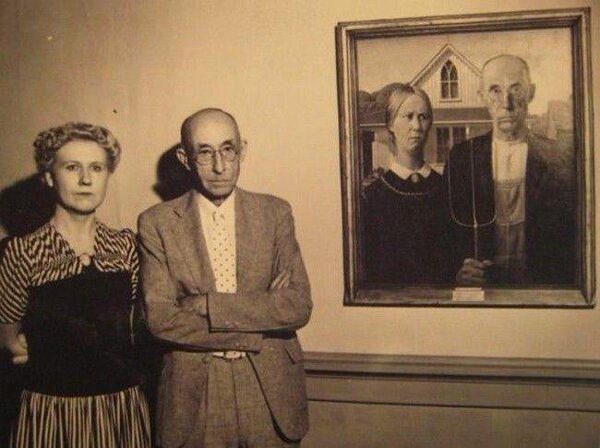

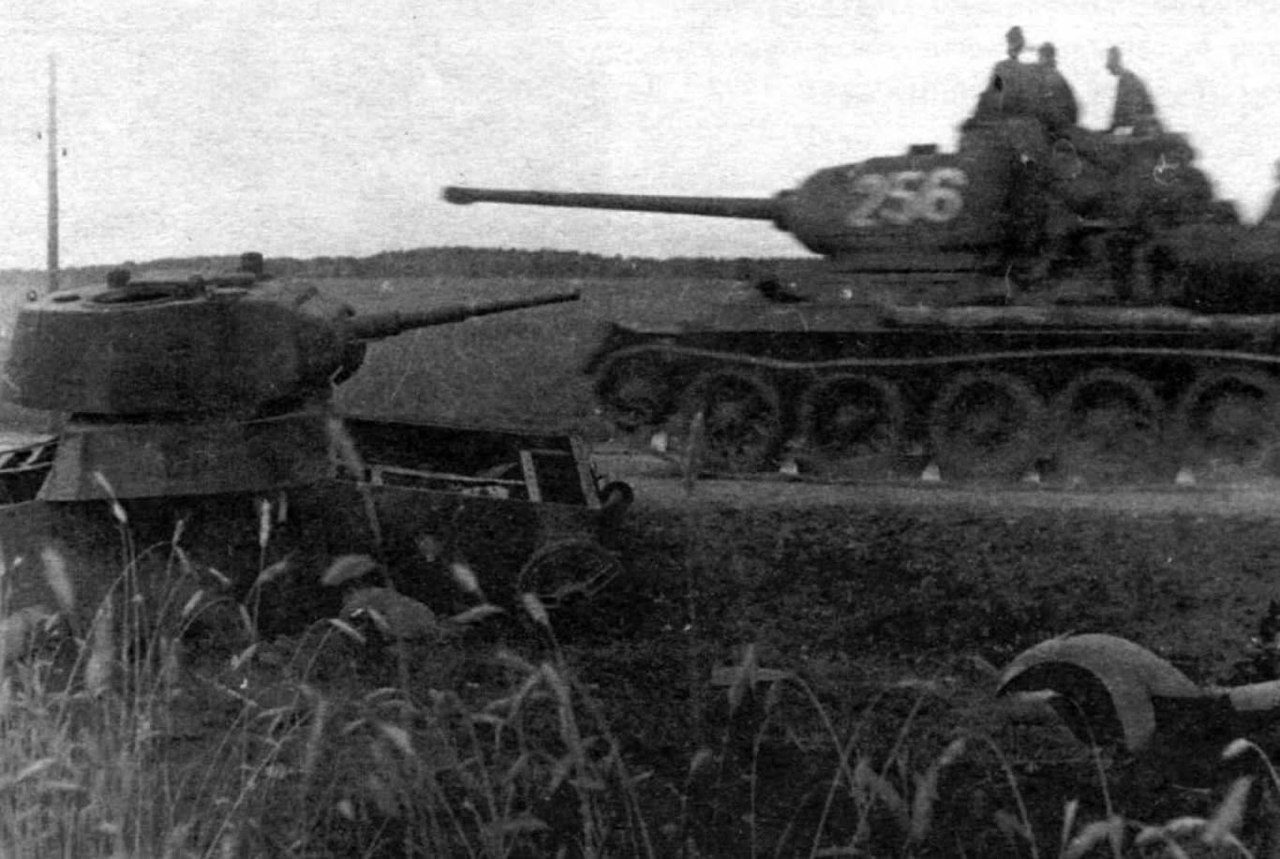
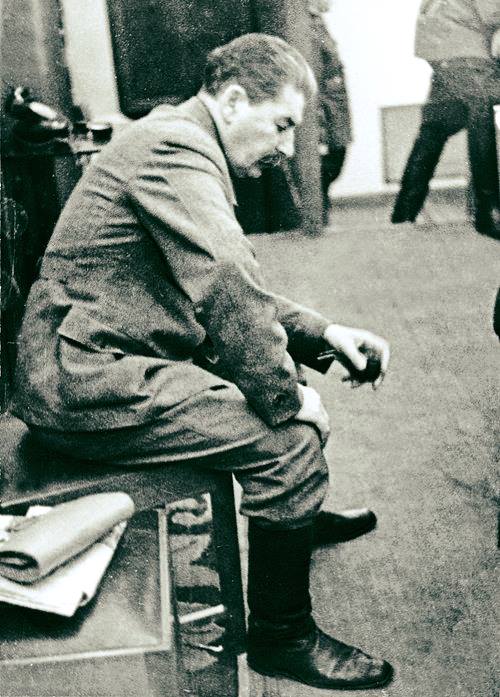
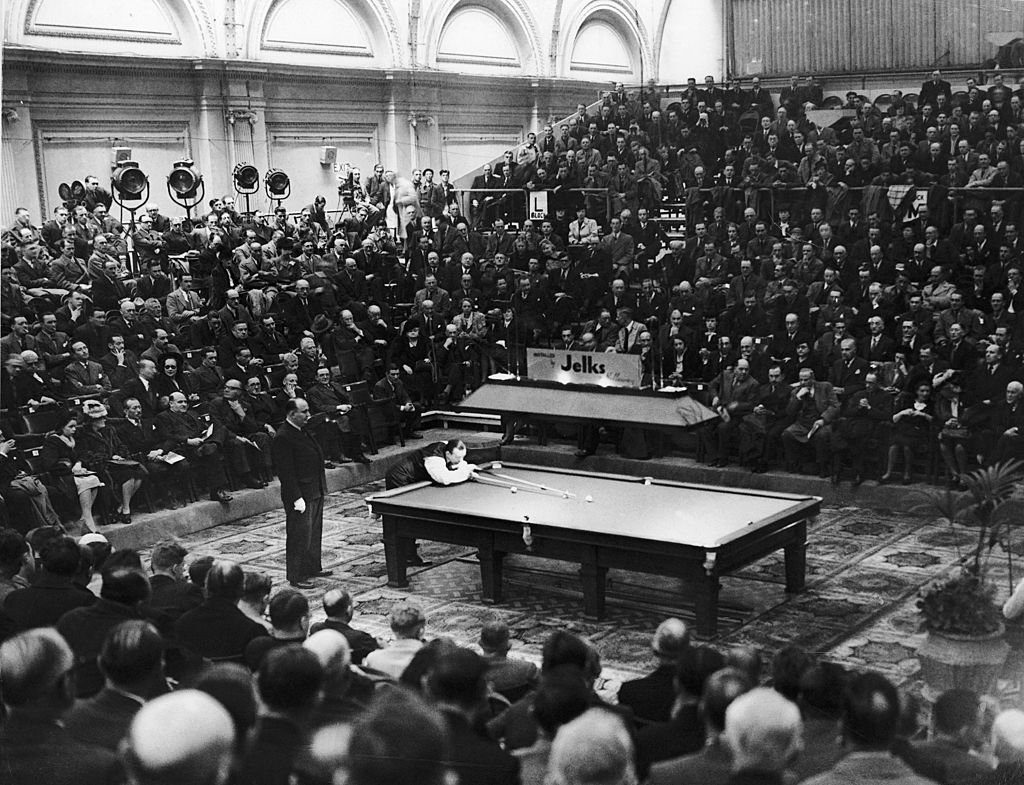
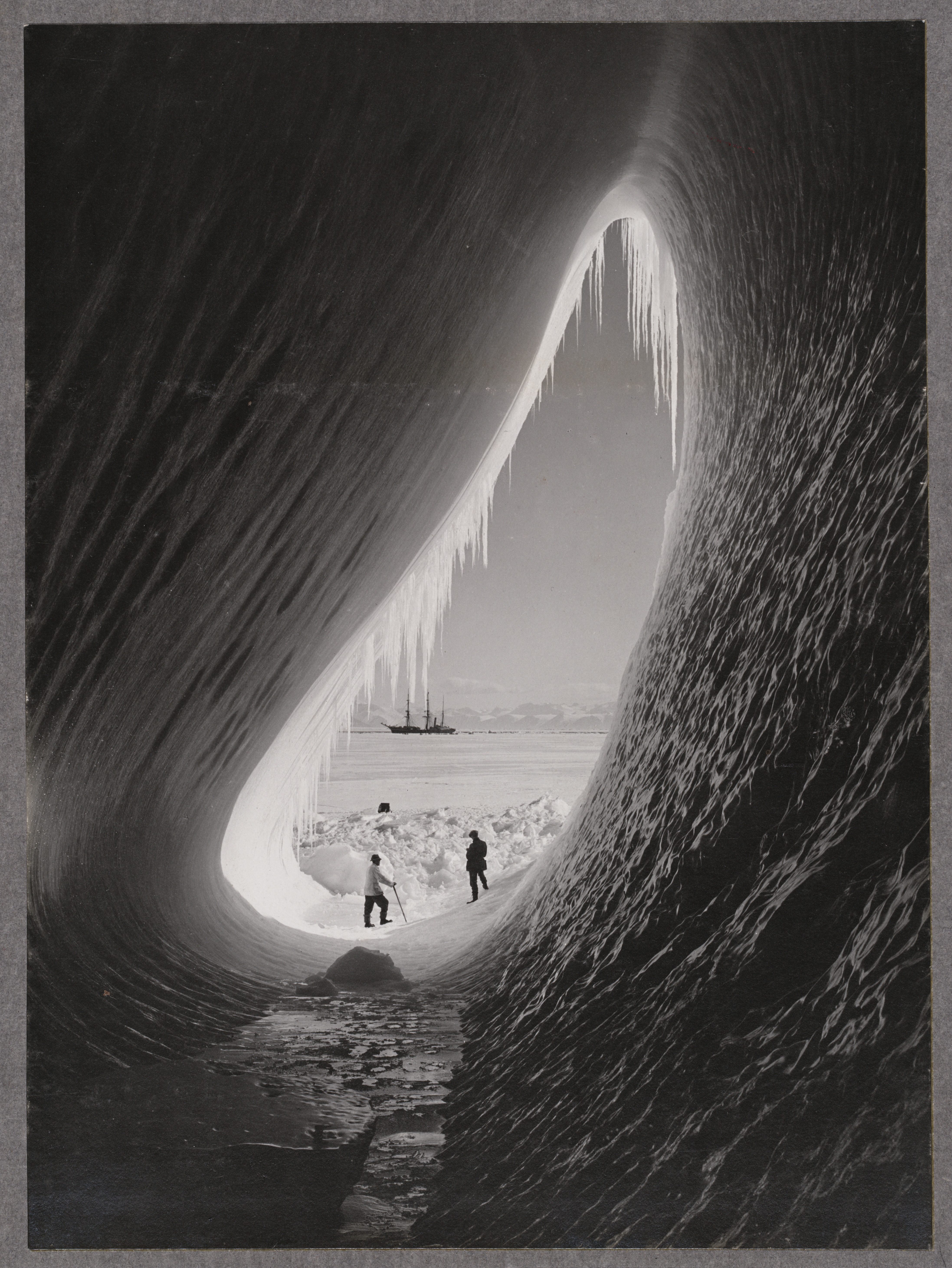
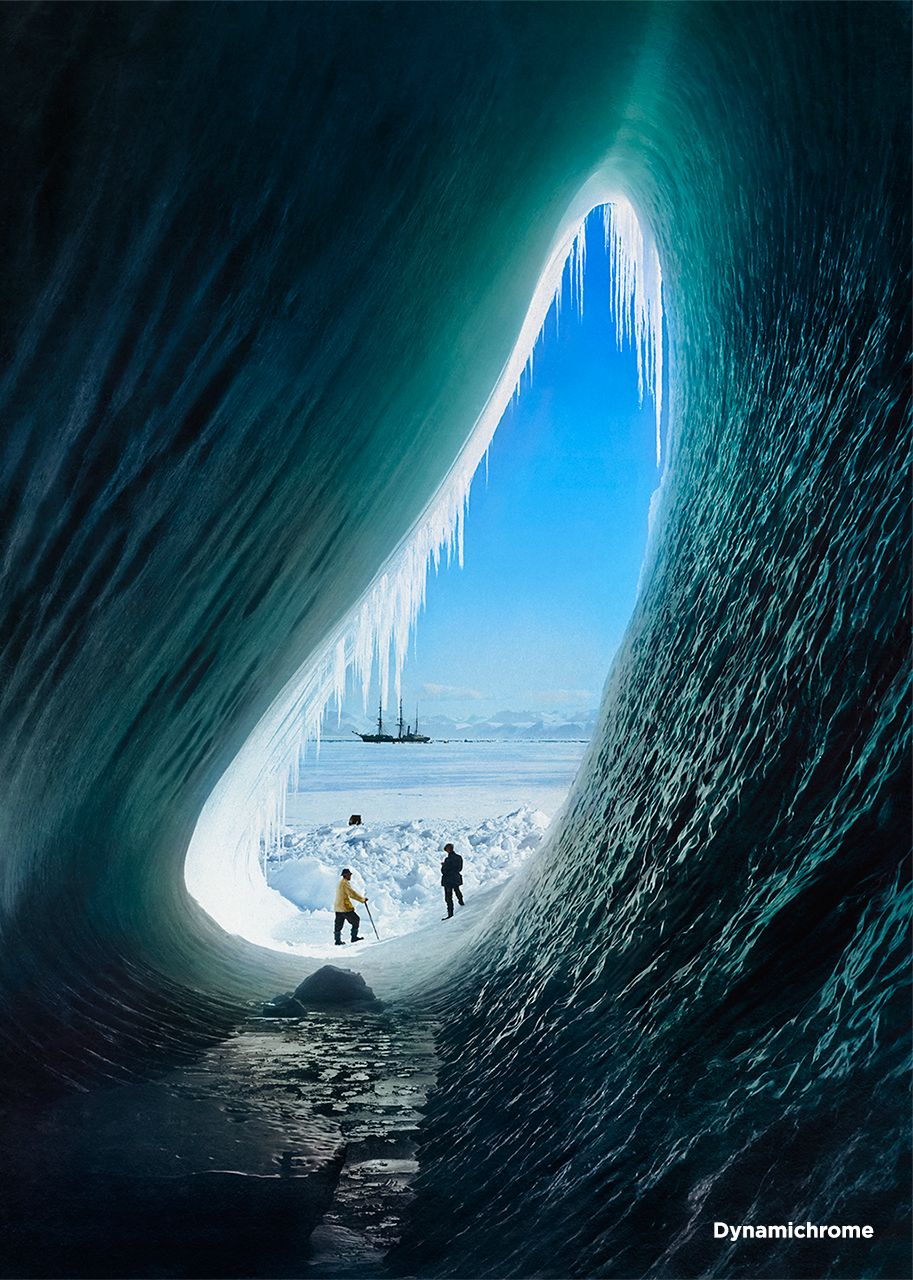
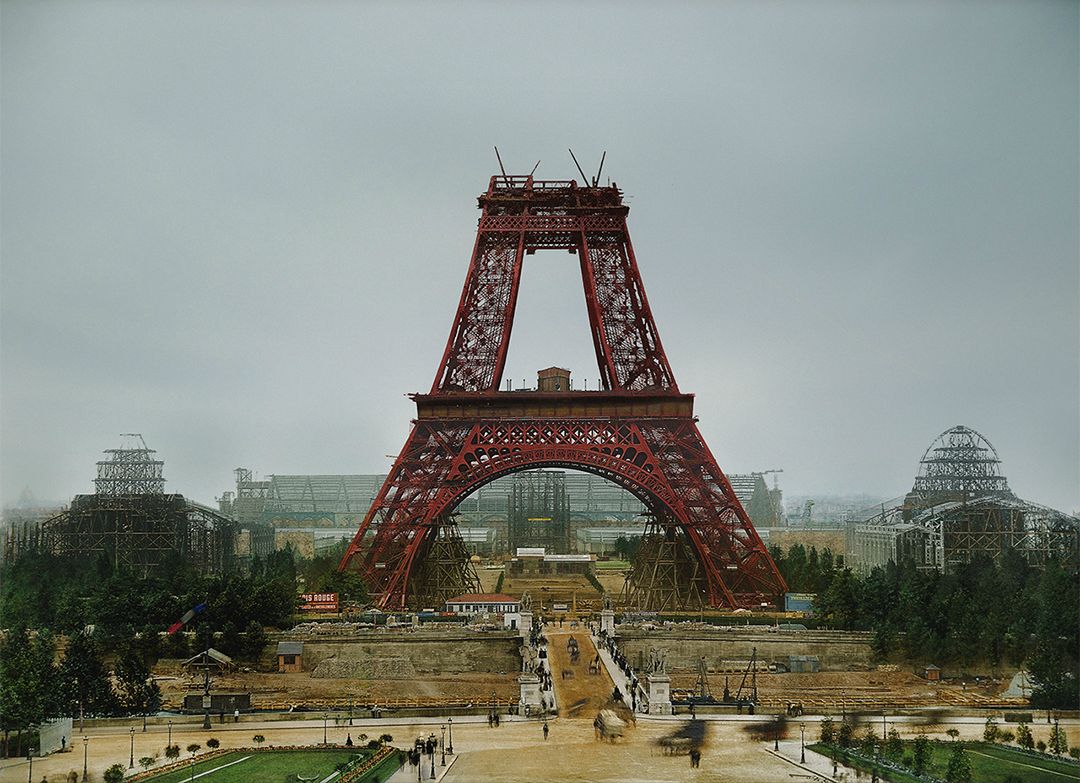
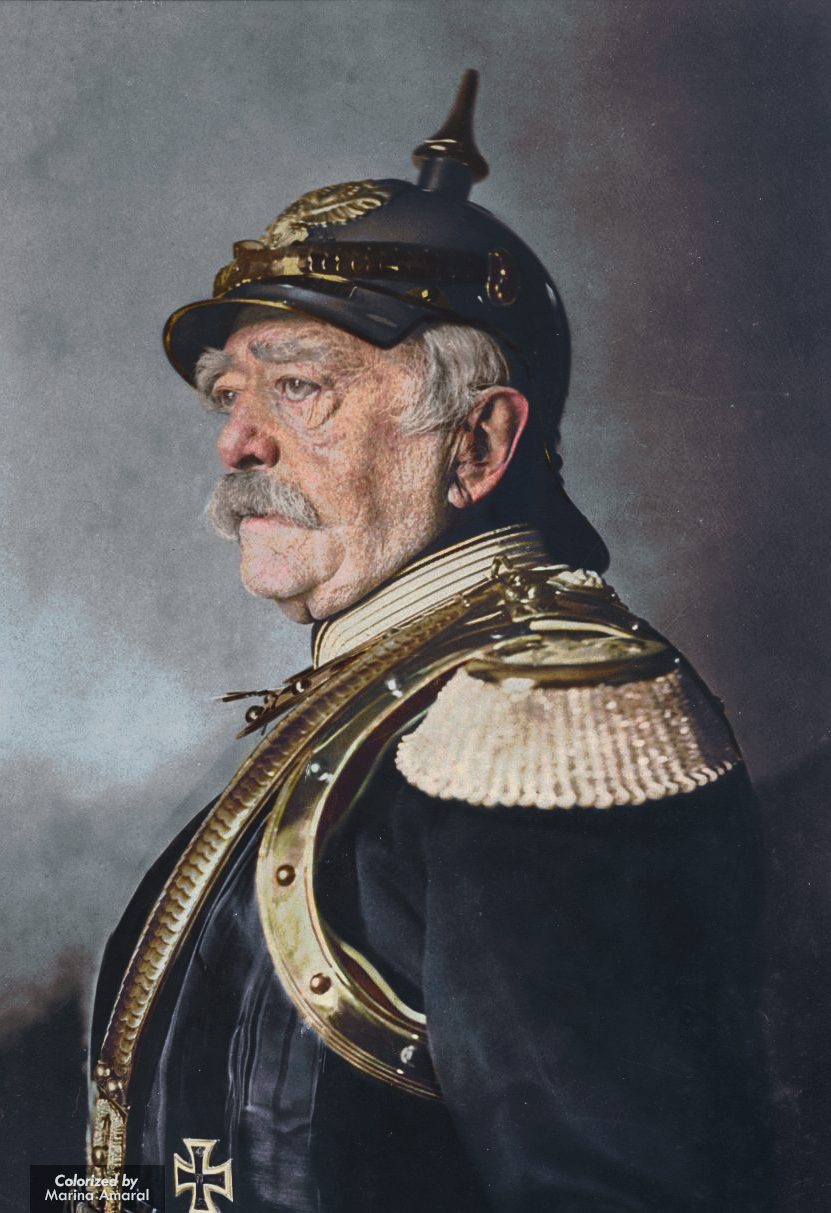
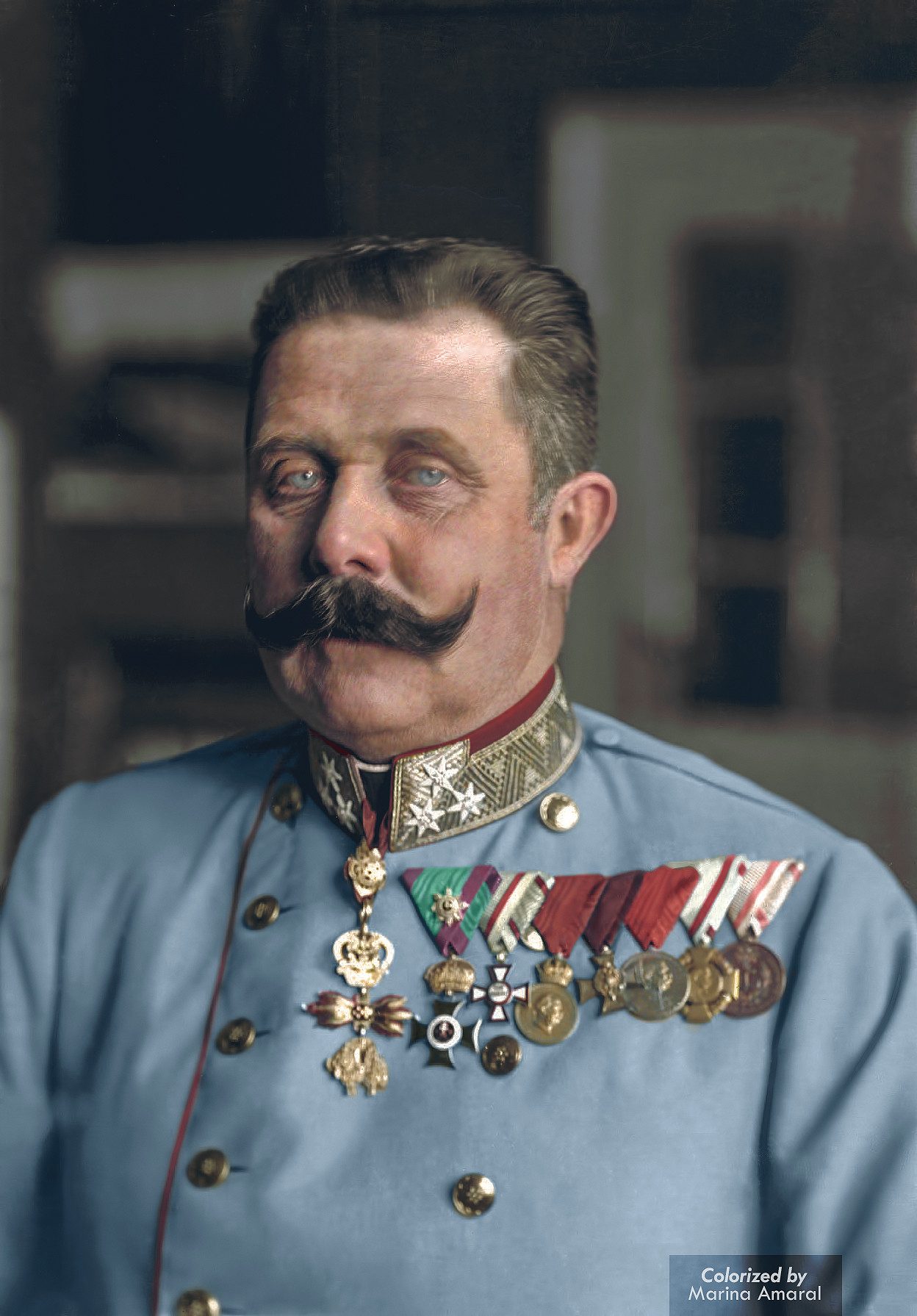


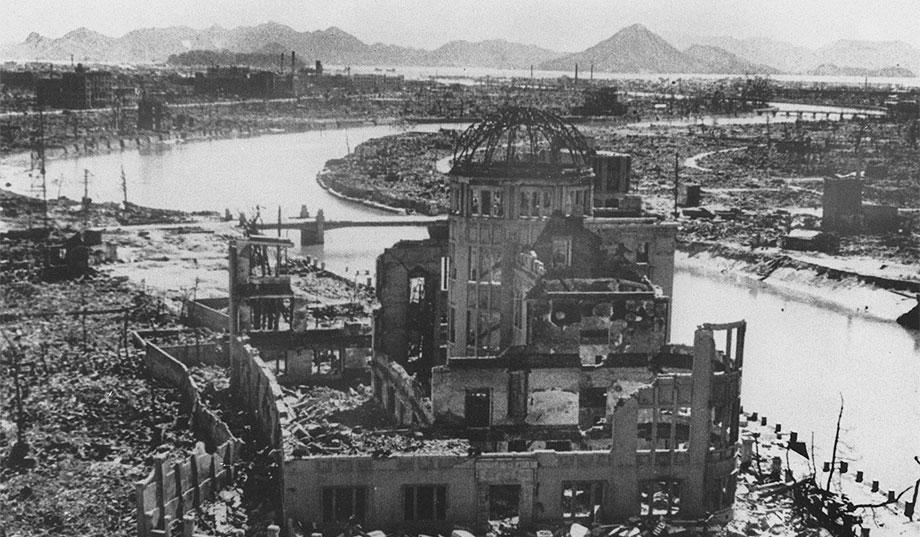

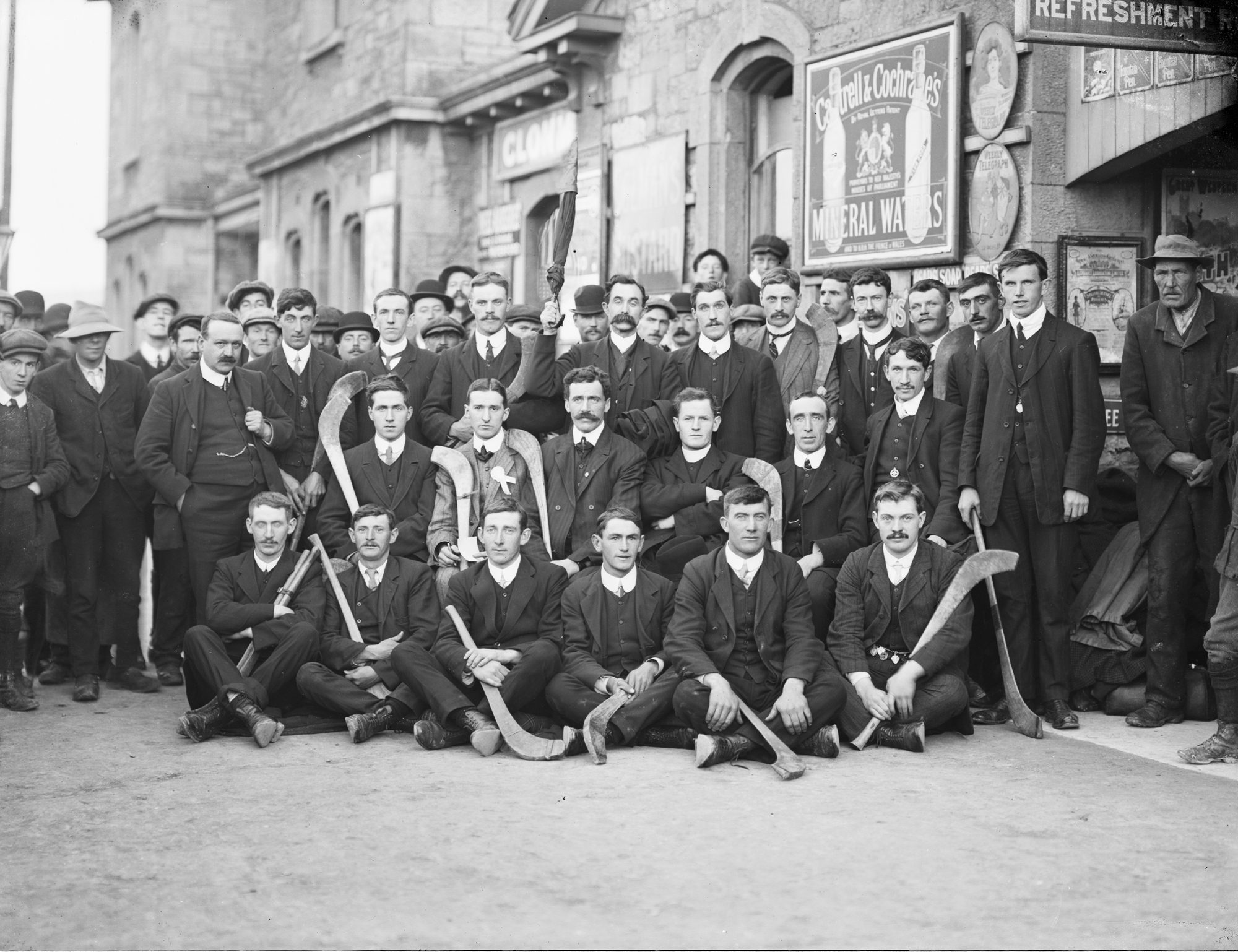

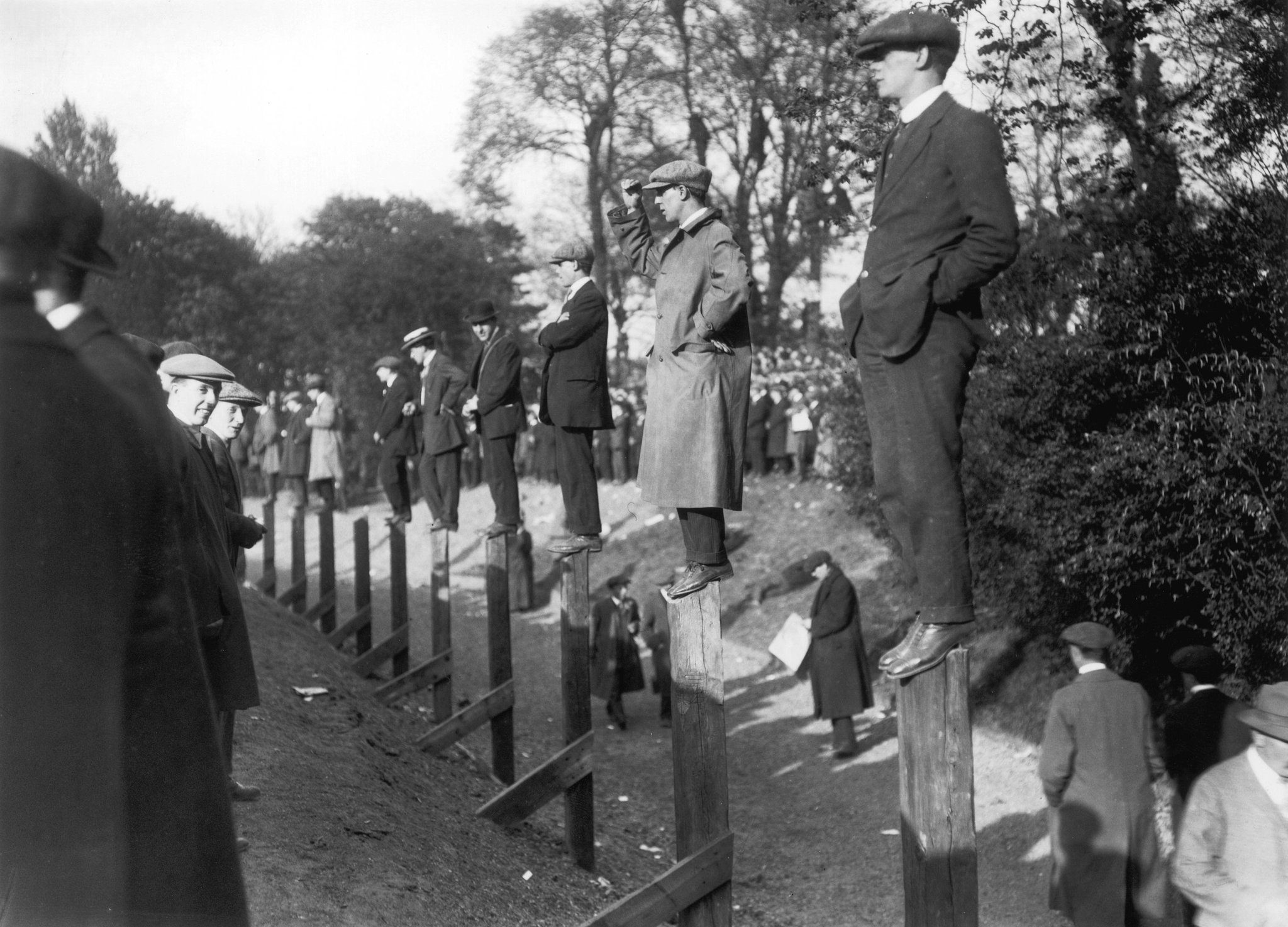
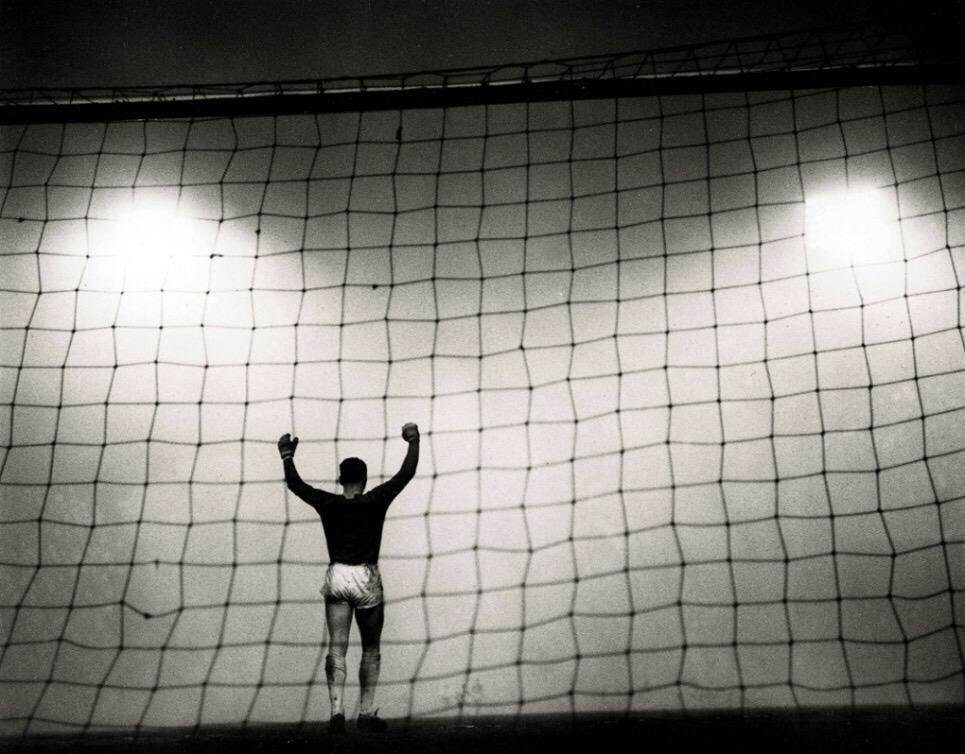
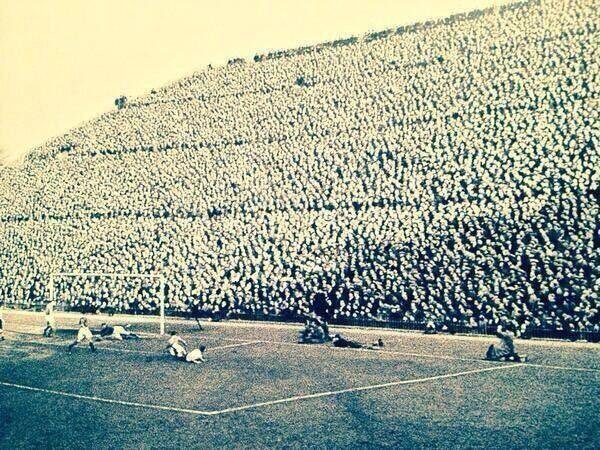
 There are giants!
There are giants! 


